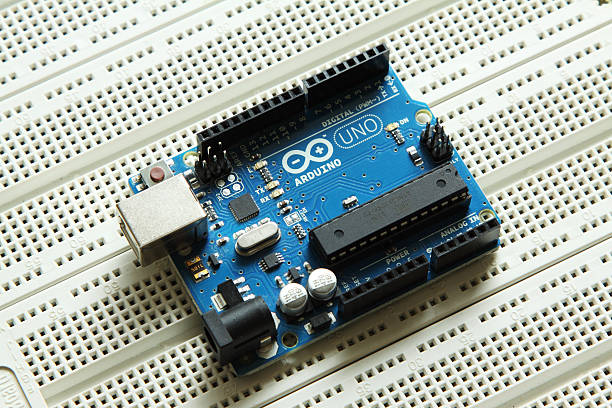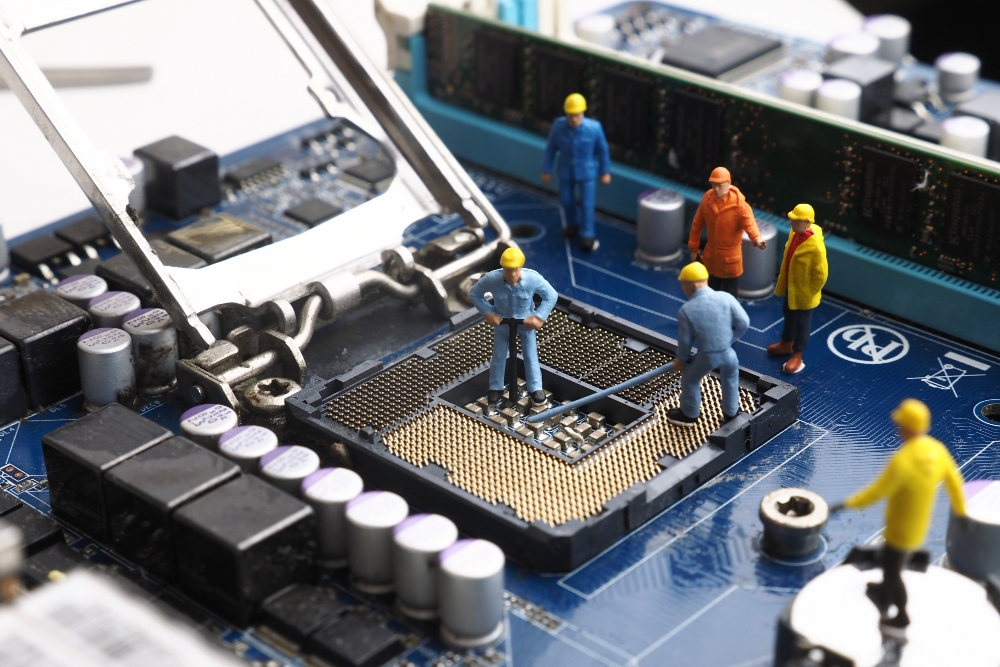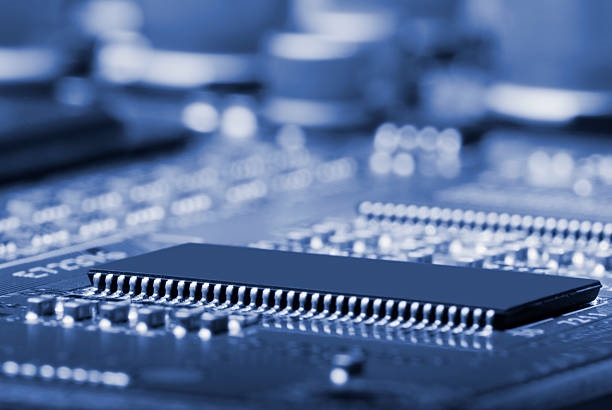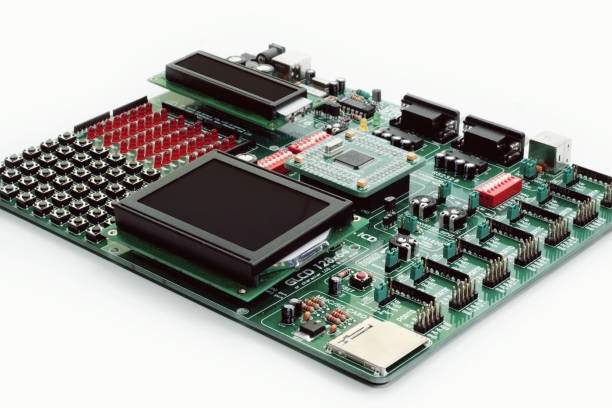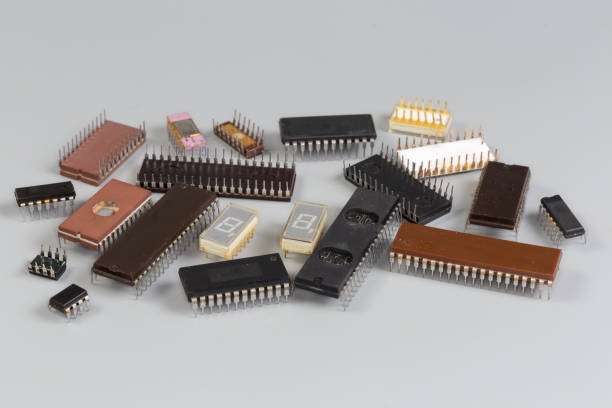Overview
In recent years, driven by rapid IoT growth, Industry 4.0 demand for automation equipment, and rising penetration of automotive electronics, MCU application areas have expanded and the global MCU market has grown.
MCU chips are widely used in various electronic devices, including automotive, industrial, telecommunications, medical, and consumer electronics. The automotive sector accounts for roughly 30.13% of the market. Automotive-grade MCUs are core components in vehicle electronics systems.
This article explains what an MCU is and its applications in the intelligent electric vehicle industry.
1. What is an MCU
MCU stands for Microcontroller Unit, also known as a single-chip microcomputer. An MCU integrates a central processing unit (CPU) with reduced clock and feature set, together with memory, timers, USB, A/D converters, UART, PLC interfaces, DMA and other peripheral interfaces, and sometimes LCD driver circuits, all on a single chip. This creates a chip-level computer that can be configured to perform various control functions for different applications.
2. MCU architecture
An MCU typically consists of a central processing unit (CPU), memory (ROM and RAM), input/output (I/O) interfaces, serial ports, timers/counters, and other peripherals.
CPU: The central processing unit is the core of the MCU. The arithmetic and logic unit performs arithmetic and logical operations, bit manipulation and data transfer. The control unit coordinates internal operations, sequences tasks, and executes instructions.
ROM: Read-Only Memory stores the firmware programmed by the manufacturer or developer. It is non-volatile, so data is retained when power is removed. The MCU executes code stored in ROM.
RAM: Random Access Memory is volatile data memory used for runtime data exchange with the CPU. Data in RAM is lost on power-off. During operation, RAM is used for operating system data or other temporary program data.
3. MCU classifications
By application: General-purpose MCUs provide programmable resources (ROM, RAM, I/O, EPROM, etc.) for broad use. Application-specific MCUs are designed with hardware and instruction sets optimized for particular tasks, such as recorder mechanism controllers, printer controllers, or motor controllers.
By data width: Based on bus or data register width, MCUs can be 1-bit, 4-bit, 8-bit, 16-bit, 32-bit, or 64-bit.
By memory type: MCUs may be classified as with on-chip ROM or without on-chip ROM.
By memory architecture: MCUs can follow Harvard architecture or Von Neumann architecture.
By instruction set: MCUs can use CISC (Complex Instruction Set Computer) or RISC (Reduced Instruction Set Computer) architectures.
4. Importance of automotive-grade MCUs
Automotive-grade MCUs are core components in vehicle electronic systems and directly affect safety and reliability. Their quality influences overall system performance and the safety of drivers and passengers. Automotive-grade MCUs are designed for high reliability and robustness to operate stably in harsh conditions and to reduce the risk of safety incidents caused by component failures. They also support vehicle intelligence and connectivity functions required for modern vehicles.
5. MCU applications in intelligent electric vehicles
MCUs are used across many vehicle domains, including body electronics, powertrain, chassis, infotainment, and advanced driver assistance systems (ADAS).
Electrification:
1. Battery management system (BMS): The BMS manages charging/discharging, temperature monitoring, and cell balancing. The main control board typically uses an MCU, and each slave board may also include an MCU.
2. Vehicle control unit (VCU): Vehicle energy management requires a VCU and commonly uses 32-bit high-performance MCUs. The number and specification of MCUs vary by manufacturer and system architecture.
3. Motor/inverter and transmission control: In electric vehicles, inverter/motor control MCUs replace internal combustion engine controllers. Because electric motors operate at high speeds, reduction gears are often used, and the MCUs in motor or gearbox controllers take on roles similar to transmission controllers in ICE vehicles.
Intelligentization:
1. The current Chinese market remains at an L2-level highway ADAS penetration stage. Considering overall cost and performance, OEMs often adopt distributed ADAS architectures; as installation rates rise, more MCUs are required to process sensor data.
2. As cockpit functions increase, higher-performance application processors become more important, which can reduce the relative role of MCUs in certain infotainment and cabin domains.
 ALLPCB
ALLPCB


